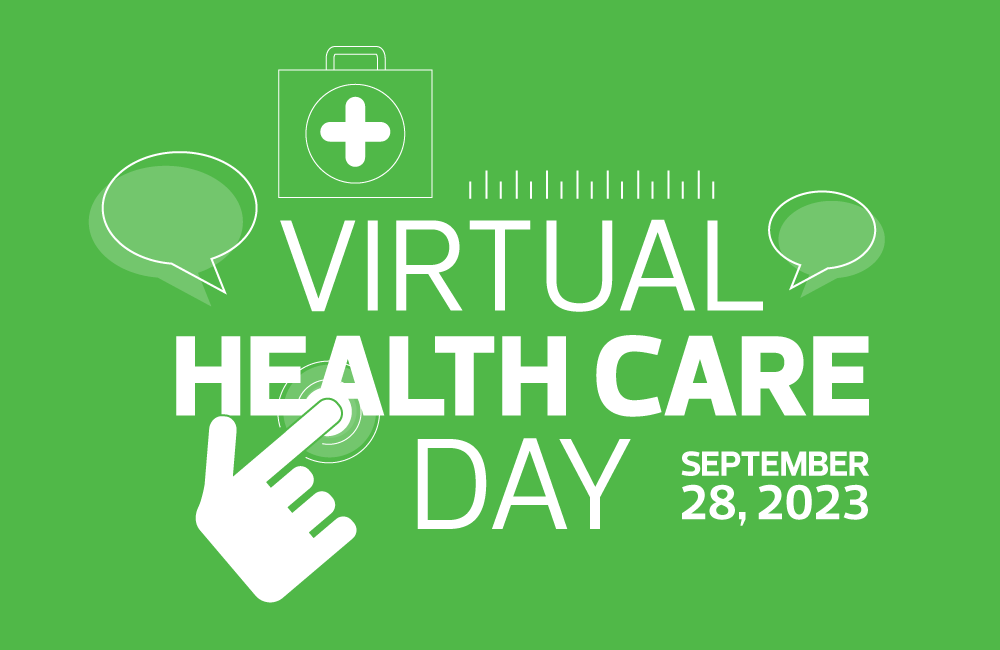Capital markets continue to settle as investors, sponsors and operators parse economic and industry data.
Key takeaways
We may see increased interest in health care provider IPOs as the ecosystem consolidates and private equity sponsors look for returns.
Deal flow will return to more normal levels as investors and operators get more clarity on the economic cycle and related rate expectations.
Featured event
Health care transactions and revenue cycle optimization
Check out this on-demand webcast from RSM's 2023 Virtual Health Care Day.

Health care private equity (HCPE) investors face greater competition for assets, higher interest rates, rising labor costs, and tighter credit conditions and lending standards, amid other difficulties. However, ample dry powder and a track record of solid returns on investment ensured a strong year in 2022 for HCPE investing that continues to attract health care-specific funds. We expect this trend to continue in 2023.
Capital markets continue to settle as investors, sponsors and operators parse economic and industry data. At its June meeting, the Federal Reserve opted not to raise rates after raising the federal funds rate in the previous 10 meetings of the Federal Open Market Committee. Slowing inflation data was a primary reason for the pause. We expect the Fed to raise rates another 25 basis points in July and potentially once more in September. Despite the pause, this rate hike campaign remains the most aggressive ever conducted by the central bank. The chart below compares the current campaign to previous ones.
Fed Chair Jerome Powell and other Fed governors reiterated that hikes will continue until inflation is subdued. While consumer price index, personal consumption expenditures and other inflation metrics are cooling, there is little evidence to suggest current inflation has returned to the Fed’s historical target of 2.0%. According to data compiled by Bloomberg, many investors, however, continue to bet that the Fed will cut rates at some point this year, and are in general more dovish than Fed commentary would suggest.
TAX TREND: Capital markets
Health care organizations transacting in capital markets can avoid costly surprises by planning for the tax outcomes of any agreement. Structuring a transaction—including timing and types of equity—without considering the tax implications from the outset could diminish the return on investment. A wayward outcome might require significant time and resources to rectify.
Rates, IPO and recession impact
The capital markets, particularly the initial public offerings market, continue to adjust to the new reality of higher rates. As rates increase, investors’ opportunity costs increase and their willingness, in general, to invest in more speculative IPOs decreases. We have seen a nearly complete evaporation of IPO activity since the Fed rate hike campaign began. The decline is also partly due to the glut of IPOs that occurred in 2020 and 2021, which saw the most IPOs since the dot-com frenzy of the late 1990s. The chart below shows total IPO activity in the U.S. across all industries since the global financial crisis.
Excluding life sciences, health care has generally not accounted for a large portion of IPOs. Health care providers, in particular, do not frequently list on public exchanges, averaging only one or two new listings per year. However, as the ecosystem continues to consolidate and private equity sponsors look for returns, we may see an increased interest in health care provider IPOs. A few things need to happen before IPOs will again be attractive for most companies, health care organizations included.
First, the current economic cycle must end. The U.S. and global economies will likely go through a recession late this year or early next year. Some analysts suggest certain economies, such as Germany, are already in recession. Policymakers and investors are optimistic about a "soft landing" that will minimize the economic toll of a recession, but one way or another the current cycle must eventually end.
Second, sellers and investors need to adjust their valuation expectations. Multiples have come down and may continue to do so as a reaction to the increased interest rate environment. As interest rates rise, the values of companies generally decrease, as investors are unable to secure as much financing. The same relationship, for example, exists in the housing market: A homebuyer will pay more for a house with a 2% mortgage rate than a 5% rate, all else being equal. Many sellers are still holding out for pre-rate-hike multiples. While some companies will likely sell or list at or above those multiples, many will not.
CONSULTING INSIGHT: Financial due diligence
Every M&A transaction presents opportunities and risks that only due diligence can reveal. A failure to uncover this information puts both a potential deal and investors at risk. Learn more about RSM’s financial due diligence services.
The takeaway
The capital markets are not dead, but they are hesitant. Market vibrancy will return as investors and operators get more clarity on the economic cycle and related rate expectations and manage their own valuation expectations. There will be more bumps along the road, but deal flow will return to more normal levels, particularly in health care.



